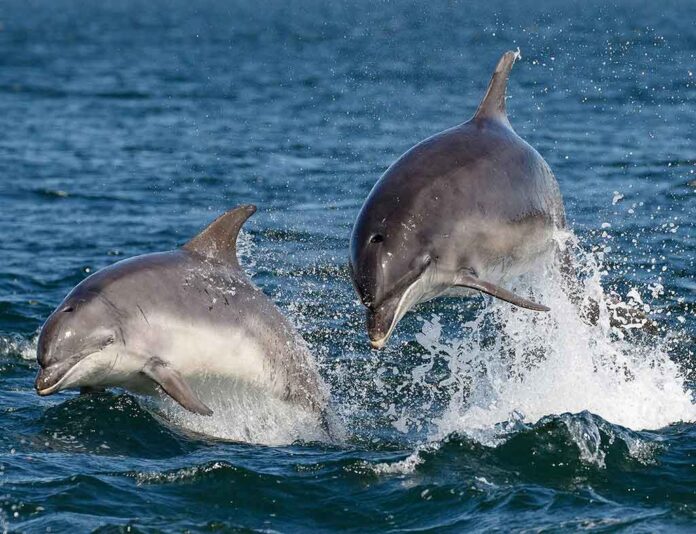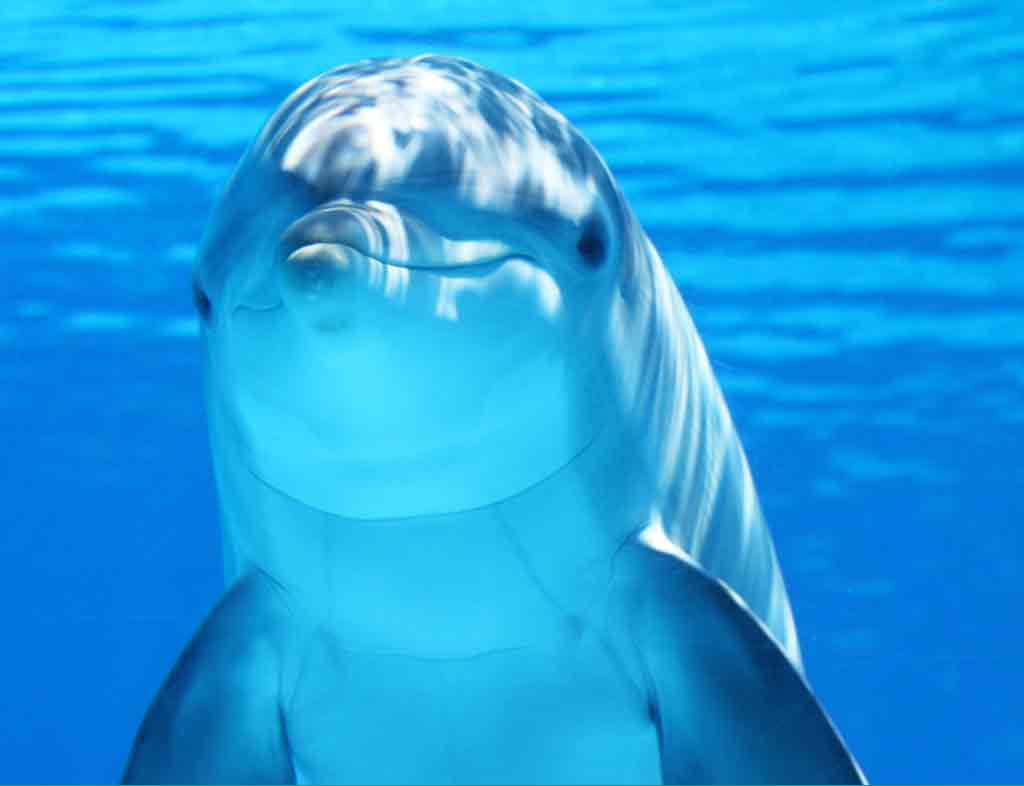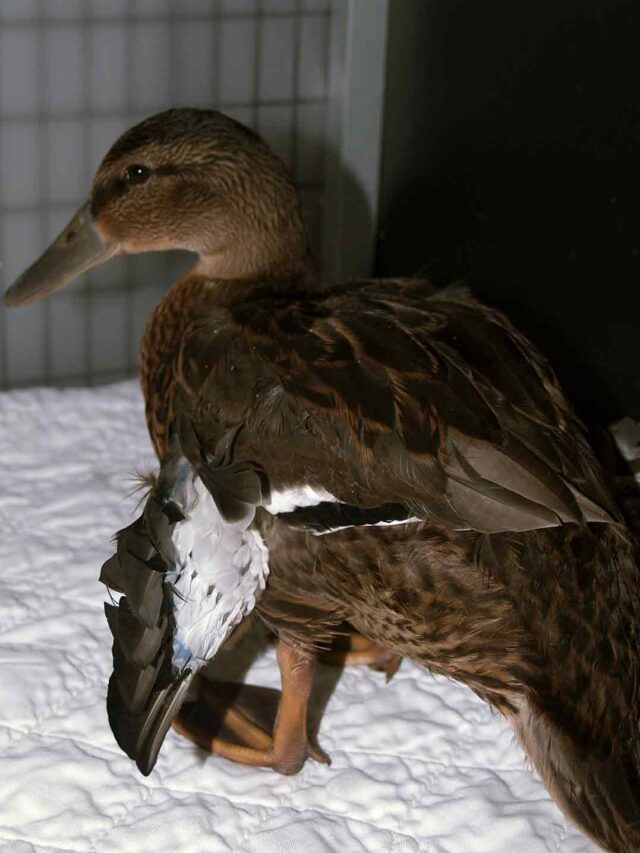
Dolphins and porpoises are fascinating marine mammals that inhabit oceans worldwide. In this article, we’ll explore the similarities and differences between these two cetaceans, their characteristics, behaviours, the threats they face, and the conservation efforts aimed at protecting them.
Table of Contents
Differences Between Dolphins and Porpoises
While dolphins and porpoises may appear similar at first glance, there are several key differences between them. Dolphins typically have longer noses, called rostrums, and more curved dorsal fins, while porpoises have shorter, more triangular dorsal fins and rounded heads.
Physical Characteristics
Both dolphins and porpoises have streamlined bodies adapted for life in the water. They have smooth, rubbery skin and flippers for steering and maneuvering through the ocean. Dolphins are known for their playful behaviour and acrobatic leaps, while porpoises tend to be more shy and elusive.
Habitat and Distribution
Dolphins and porpoises are found in oceans worldwide, from the tropical waters of the Caribbean to the frigid Arctic seas. They inhabit a wide range of habitats, including coastal areas, open oceans, and estuaries, where they feed on fish, squid, and other marine organisms.
Diet and Feeding Habits
Both dolphins and porpoises are carnivorous predators, preying on a variety of fish, squid, and crustaceans. They use echolocation, a sophisticated form of sonar, to locate and capture their prey, emitting high-frequency clicks and listening for the echoes to detect objects in their environment.
Social Structure and Behaviour
Dolphins are highly social animals, living in groups called pods that can range in size from a few individuals to hundreds. They communicate using a complex system of clicks, whistles, and body language, allowing them to coordinate hunting strategies and social interactions.
Communication and Intelligence
Dolphins are known for their intelligence and complex social behaviours. They have large brains relative to their body size and exhibit problem-solving abilities, tool use, and cultural transmission of knowledge within their populations. Porpoises, while less studied, also display signs of intelligence and social organization.
Reproduction and Life Cycle
Female dolphins and porpoises give birth to live young, typically one calf at a time, after a gestation period of 10 to 12 months. Calves are born tail-first to prevent drowning and are nursed by their mothers for several months to a few years, depending on the species.
Threats to Dolphins and Porpoises
Dolphins and porpoises face numerous threats in their ocean habitat, including pollution, habitat destruction, entanglement in fishing gear, and climate change.
Pollution and Habitat Destruction
Pollution from plastics, chemicals, and oil spills poses a significant threat to dolphins and porpoises, contaminating their food sources and causing health problems such as reproductive issues and immune system suppression. Habitat destruction, including coastal development and dredging, also reduces the availability of suitable habitat for these marine mammals.
Fishing Nets and Bycatch
Dolphins and porpoises are often accidentally caught in fishing nets and other gear intended for target species such as tuna and shrimp. This bycatch can result in injury or death for these animals, further impacting already vulnerable populations.
Climate Change
Climate change is altering ocean temperatures, currents, and ecosystems, affecting the distribution and abundance of prey species for dolphins and porpoises. Rising sea levels and ocean acidification also threaten coastal habitats essential for feeding and breeding.
Conservation Efforts
Efforts to conserve dolphins and porpoises include the establishment of marine protected areas, regulations to reduce pollution and fishing bycatch, and public awareness campaigns to promote responsible stewardship of marine resources.
Marine Protected Areas
Marine protected areas (MPAs) are designated areas of ocean where human activities such as fishing and drilling are restricted or prohibited to conserve biodiversity and ecosystem health. MPAs provide important refuges for dolphins, porpoises, and other marine species to feed, breed, and migrate without disturbance.

FAQs
1. How can I tell the difference between a dolphin and a porpoise?
Dolphins typically have longer noses and more curved dorsal fins, while porpoises have shorter, triangular dorsal fins and rounded heads.
2. Are dolphins and porpoises endangered?
Some species of dolphins and porpoises are endangered or threatened due to human activities such as pollution, habitat loss, and fishing bycatch.
3. What can I do to help dolphins and porpoises?
You can help dolphins and porpoises by reducing your use of single-use plastics, supporting marine conservation organizations, and advocating for policies that protect their ocean habitat.
4. Where can I see dolphins and porpoises in the wild?
Dolphins and porpoises can be found in oceans worldwide, but some of the best places to see them include coastal areas, marine sanctuaries, and guided boat tours.
8. Do dolphins and porpoises make good pets?
Dolphins and porpoises are wild animals and should not be kept as pets. Captivity can cause stress and health problems for these marine mammals, and it is illegal to capture them from the wild for entertainment purposes.












